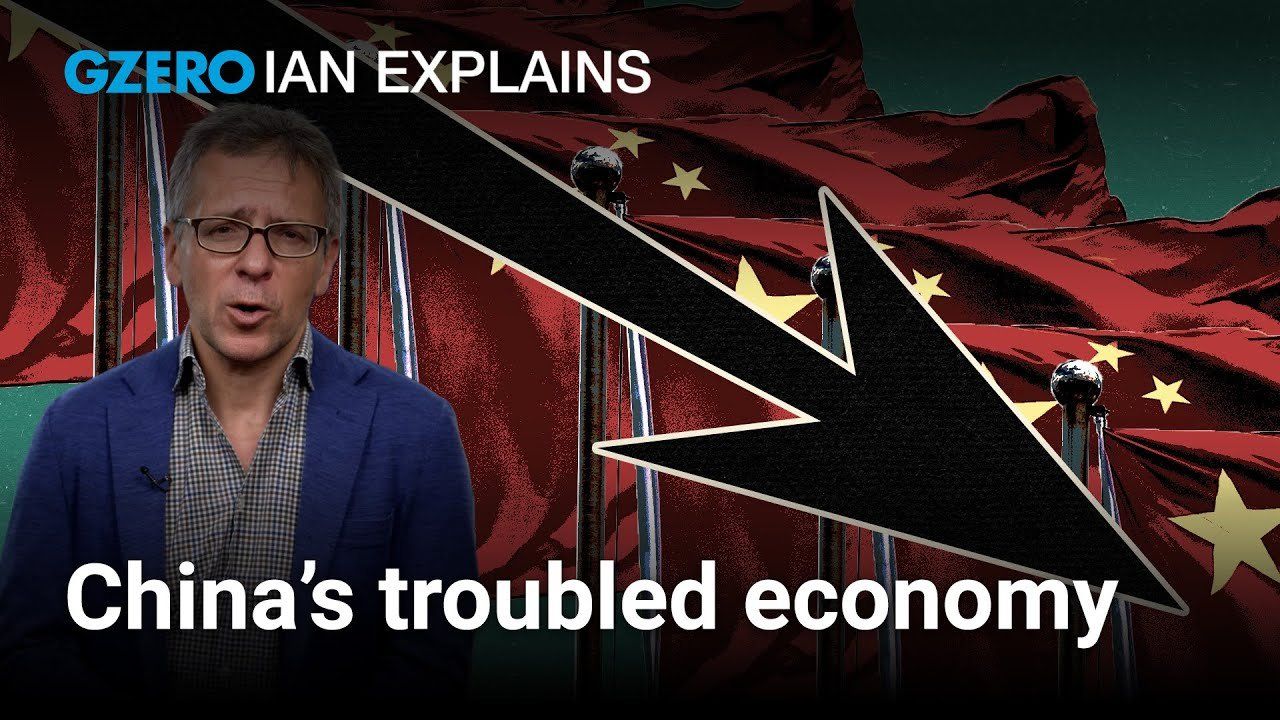
Is China still on track to becoming the world’s largest economy? Ian Bremmer breaks down China’s great economic slowdown.
Between 1978 and 2017, China averaged almost 10% year-over-year GDP growth. Decades of pro-investment policies transformed China from a closed, centrally-planned economy to an economic powerhouse that could rival the US.
But President Xi Xinping has been moving China away from the pro-investment policies of his predecessors and back to its socialist roots. In recent years, the government has cracked down on everything from technology to finance to entertainment to foreign investment.
At the same time, 3 years of Zero-Covid policies sapped domestic spending and production. Decades of infrastructure investment have left local governments drowning in debt. China’s once-hot real estate market is in a massive slump. And youth unemployment is surging to record highs, threatening the very social pact that gives the Chinese Communist Party legitimacy in widespread support.
Can China’s communist ideology and capitalist ambition sustain growth into the future? Or does what goes up eventually have to come down?
For more on China’s lagging economy, watch the upcoming episode of GZERO World with Ian Bremmer on US public television and at gzeromedia.com/gzeroworld.
- China flirts with deflation. Why is that a bad thing? ›
- We need to talk about China’s economy ›
- The Graphic Truth: Zero-COVID is hurting China's economy ›
- Why is Xi Jinping willing to slow down China’s economy? ›
- Russian Black Sea Fleet commander still alive despite Ukraine's claims - GZERO Media ›
- Davos 2024: China, AI & key topics dominating at the World Economic Forum ›
- China's economic slowdown is dragging down the rest of the world - GZERO Media ›
- Are the US and China frenemies now? Perspective from Nicholas Burns, US Ambassador to China - GZERO Media ›
- Is the global economy finally on the right track? - GZERO Media ›